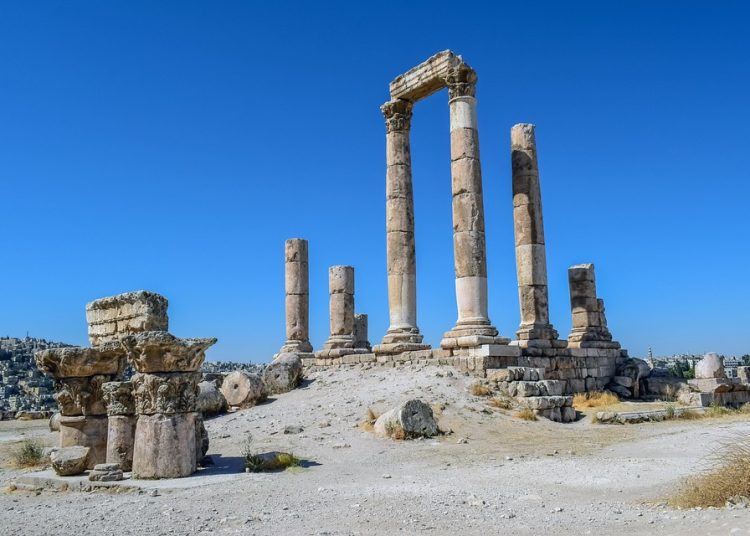Revolutionizing the Canvas: Exploring the Impact of Famous Art Movements
Art has always been a powerful medium for expressing ideas, emotions, and cultural movements. Throughout history, different art movements have emerged, each leaving a lasting impact on the world of art. From the Renaissance to Impressionism, each movement has brought something unique and innovative to the canvas.
The Renaissance: A Rebirth of Art
The Renaissance was a cultural movement that spanned from the 14th to the 17th century in Europe. It was a time of great artistic, scientific, and intellectual growth, with artists such as Leonardo da Vinci, Michelangelo, and Raphael leading the way. The Renaissance marked a shift from the religious themes of the Middle Ages to a focus on humanism and the natural world.
One of the key characteristics of Renaissance art was the use of perspective to create a sense of depth and realism in paintings. Artists also began to explore new techniques, such as chiaroscuro (the use of light and shadow) and sfumato (the blending of colors), to create more lifelike images.
Impressionism: Capturing the Moment
Impressionism emerged in the late 19th century as a reaction against the strict rules of academic painting. Artists such as Claude Monet, Edgar Degas, and Pierre-Auguste Renoir sought to capture the fleeting moments of everyday life in their work. They used loose brushstrokes and vibrant colors to create images that were more about the feeling of a scene than an exact representation.
One of the defining characteristics of Impressionist art was the use of light and color to convey emotion. Artists painted en plein air, or outdoors, to capture the effects of natural light on their subjects. This emphasis on light and color had a profound influence on later art movements, such as Post-Impressionism and Fauvism.
Cubism: Breaking Down Reality
Cubism was an avant-garde art movement that emerged in the early 20th century. Led by artists such as Pablo Picasso and Georges Braque, Cubism sought to break down traditional notions of perspective and representation. Instead of painting objects as they appeared in reality, Cubist artists depicted them from multiple viewpoints at once, creating fragmented and abstract images.
One of the key innovations of Cubism was the use of geometric shapes and interlocking planes to represent three-dimensional space. This revolutionary approach to composition challenged the viewer to see the world in a new way, inspiring later movements such as Futurism and Constructivism.
Surrealism: Unlocking the Unconscious
Surrealism was a 20th-century art movement that sought to unlock the power of the unconscious mind. Led by artists such as Salvador Dalí, Max Ernst, and René Magritte, Surrealism combined dreamlike imagery with unexpected juxtapositions to create works that defied logic and reason.
One of the key techniques of Surrealist art was automatism, or the spontaneous creation of art without conscious thought. Artists would often use techniques such as collage and frottage to explore the depths of their imagination and tap into the subconscious. This emphasis on the irrational and the fantastical had a profound influence on later movements such as Abstract Expressionism and Pop Art.
Conclusion
Art movements have always played a crucial role in shaping the world of art. From the Renaissance to Surrealism, each movement has brought something unique and innovative to the canvas. By exploring the impact of famous art movements, we can gain a deeper appreciation for the creativity and vision of the artists who have revolutionized the way we see the world.
Whether it’s the realistic perspective of the Renaissance, the fleeting moments of Impressionism, the fragmented images of Cubism, or the dreamlike worlds of Surrealism, each movement has left a lasting impression on the art world. By studying these movements and their techniques, we can continue to push the boundaries of artistic expression and create new and exciting works that challenge and inspire us.
So next time you visit a museum or gallery, take a moment to consider the impact of these famous art movements and the artists who brought them to life. You may just find yourself seeing the world in a whole new way.












